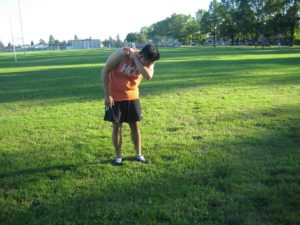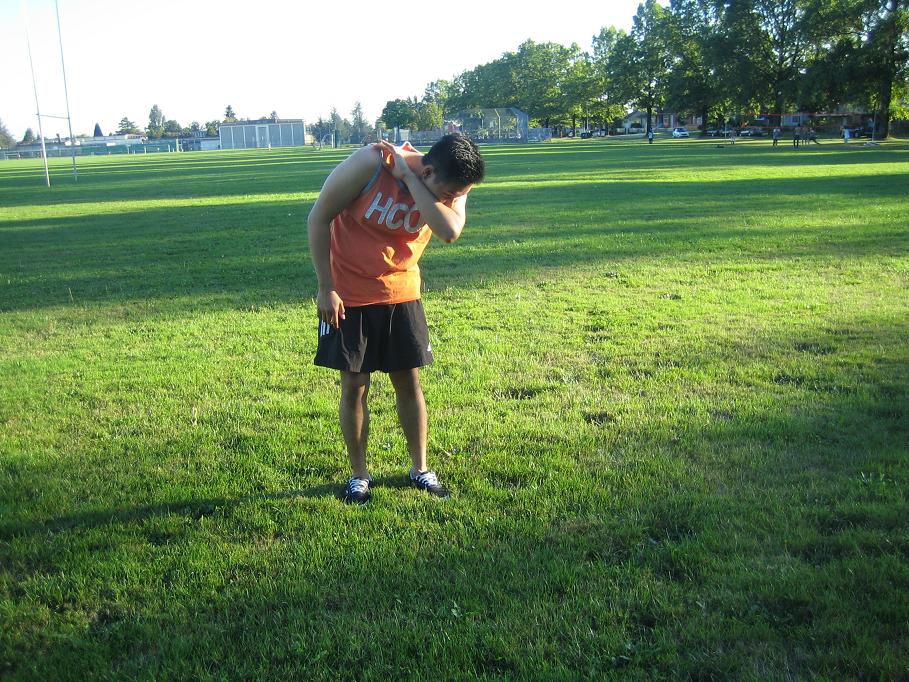Eye drooping or ptosis can develop due to age, trauma or various health disorders. The condition can affect one or both eyes, can come and go or even permanent. It might be present at birth or develop late in life.
Depending on the severity, eyelid drooping can obstruct or drastically diminish vision based on how it hinders the pupil. In most circumstances, the condition eventually resolves either naturally or with medical care.
What are the causes and risk factors?
There are various possible causes of eyelid drooping that includes natural causes to serious underlying conditions.
Natural causes
Any individual can develop eyelid drooping but quite common among the elderly due to the natural aging process. There is a tendon that attaches the levator muscle which is responsible for lifting the eyelid. Due to the aging process, the muscle can stretch which causes the eyelid to fall. Always bear in mind though that individuals of all ages can develop this condition. In addition, infants are sometimes born with it but this is considered rare.

Medical conditions
When it comes to eyelid drooping, it might be an indication of an underlying condition particularly if both eyelids are affected. In case only one eyelid droops, it might be due to a nerve injury or temporary sty.
Serious health conditions
In some cases, eyelid drooping is caused by other serious conditions such as a brain tumor, stroke or cancer affecting the muscles or the nerves. The neurological conditions that affect the muscles or nerves of the eyes such as myasthenia gravis can also cause the eyelid to droop.
What are the indications of eyelid drooping?
The primary symptom of eyelid drooping is the sagging of one or both eyelids. In some cases, this can affect the vision. Nevertheless, many discover that eyelid drooping is barely noticeable or does not occur at all. In addition, one might have extremely watery or dry eyes and the face appears tired or weary. In severe cases, the individual has to tilt his/her head back at all times while speaking even during a normal conversation.
A persistent case must be carefully assessed by a doctor to ensure that there are no underlying conditions. This is vital if migraine headaches or other issues occur since the drooping initially started.

